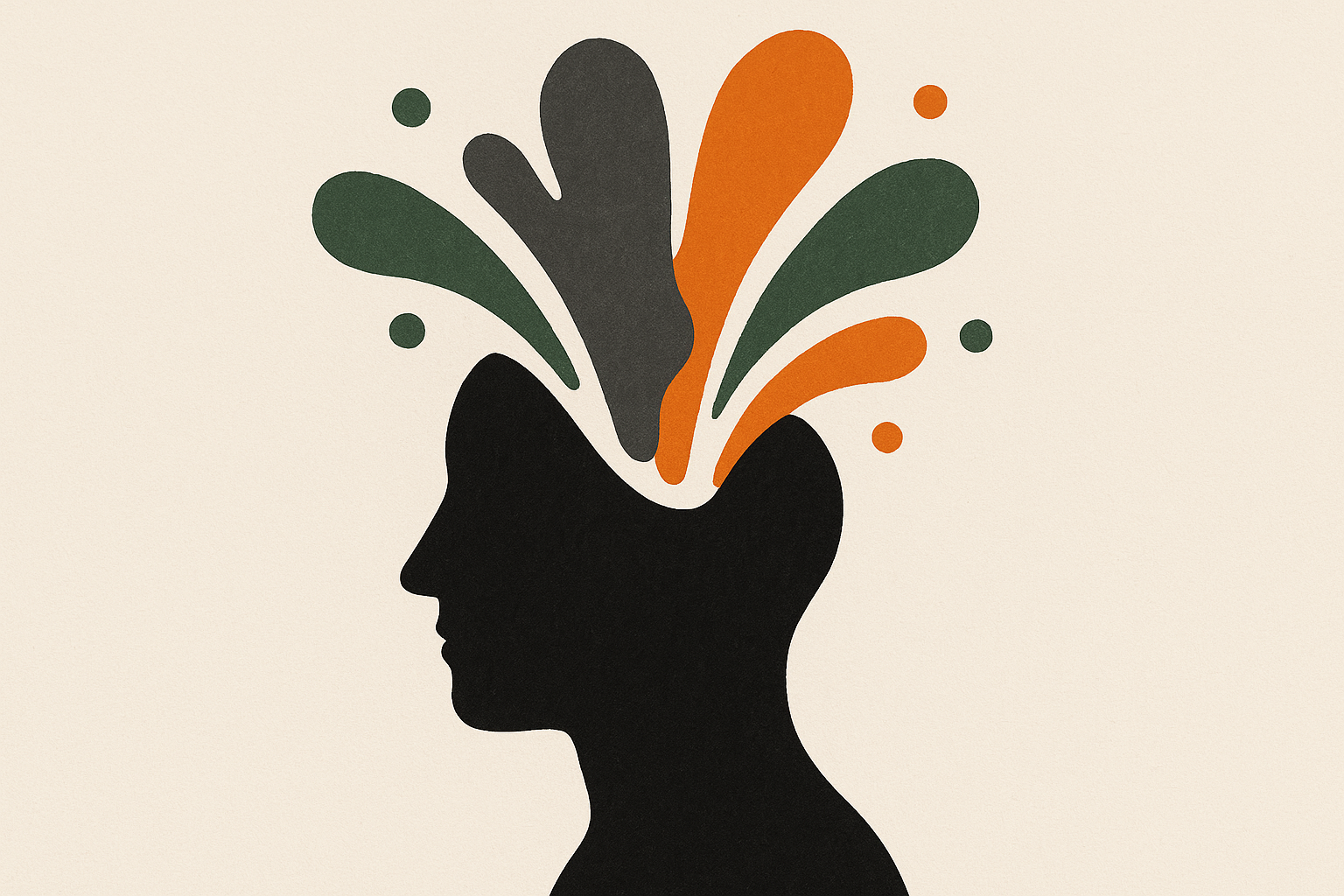Human imagination is your foresight advantage in the age of AI

With all the attention AI has received lately, it’s easy to assume that strategic foresight might soon be another thing machines do better than people. After all, AI is incredibly efficient at processing large datasets, spotting correlations, and summarizing vast amounts of information in seconds. That kind of analytical speed (even with its caveats) can be extremely helpful for any organization working to understand change.
But here’s what I keep coming back to: AI cannot predict the future (even if it sometimes bluffs convincingly).
I’m not claiming that humans can predict it either. I don’t think anyone is arguing that. The key difference is this: AI is not designed to imagine what hasn’t happened yet. We are. And that is at the heart of what makes foresight so powerful, relevant, and ultimately human, especially in times of flux.
Foresight isn’t about knowing the future. It’s about exploring what is happening, what could be, and shaping what should be — guided by our values and hopes. And imagination is the tool we rely on most.
The difference between prediction and foresight
In conversations, I often hear this question: “Can AI predict the future?” It’s understandable. There’s a growing belief that the better we get at data and algorithms, the closer we get to certainty. And humans crave for certainty.
But foresight and prediction are not the same thing.
Prediction assumes a linear world: a future that unfolds logically from the past. Foresight, on the other hand, assumes complexity. It acknowledges uncertainty, multiple possibilities, and the need to adapt as we go. It’s not about picking the most likely outcome. It’s about preparing for a range of futures and choosing how we respond. Humans can sense these different futures through imagination. Machines cannot.
That’s a fundamental mindset shift. And it requires people, and not just tools, to make sense of signals, challenge assumptions, and ask the kinds of questions machines can’t. Remember this: we do not have facts about the future. It cannot be predicted.
AI supports the process, but people guide the meaning
There’s no question that AI can enhance a foresight process. It can help us gather and sort through vast quantities of input: signals, trends, articles, and events. It can highlight patterns we might otherwise miss, and it can suggest connections across domains we don’t typically link together (sometimes even with a little creative “hallucination,” not always following facts or logic).
But AI doesn’t know your business context. It doesn’t understand your strategic goals, your industry-specific constraints, or your company’s purpose and especially, or perhaps most importantly, the current organizational mood. It doesn’t know which change matters most to your stakeholders or what opportunity is worth pursuing.
Those decisions require human judgment. More specifically, they require collaborative judgment: people working together to interpret the world and imagine how it might shift. AI might help us move faster or go broader, but we still need to decide where we’re going.
That’s why I often say: tools can support the thinking, but they don’t do the thinking for us. We must do it, and do it together.
The real value lies in how we work together
In my work with customers, I’ve seen that the best foresight work rarely comes from individuals working alone. It comes from teams that have built a process around shared exploration, bringing different perspectives together to make sense of what’s changing.
These teams don’t rely on forecasts alone. They ask: What are we not seeing? What could surprise us? What are the opportunities in the uncertainty? What our assumptions could be wrong? And then they create space to discuss, debate, and align around possible directions.
This is where tools like FIBRES come in. Not as answers, but as enablers. The platform helps people collect insights, organize them, and build a shared view of the future. It’s not just about tracking trends. It’s about building understanding.
In FIBRES, we've also introduced AI agents that assist with sensemaking. They can surface themes, tag content, or suggest connections based on what’s already in the system. But they are always in service of the people using the tool. They help teams go further, not replace them.
The future still belongs to human imagination
The better we understand history, the better equipped we are to imagine what’s next. AI gives us a tremendous ability to process the past and the present. But foresight is not just analysis, it’s imagination. When data ends, imagination steps in. It’s the creative and strategic act of exploring what could happen, and what we want to do about it.
That kind of work requires curiosity. It requires context. And it requires collaboration across functions, disciplines, and viewpoints.
In short: the future isn’t something we predict. It’s something we co-create.
So as AI continues to advance, let’s use it to inform, accelerate, and support our foresight work. But let’s also stay grounded in what makes our thinking uniquely human: the ability to imagine and choose what kind of future we want to build.
How does your team make space for imagination in your foresight process?I'd be curious to hear what’s working for you and what you’re exploring next.
And if you're looking for a platform to support all of this, why not book a demo of FIBRES, our foresight platform built for collaboration between humans and AIs.

Sakari Nisula Head of Customer Success and Foresight at FIBRES. Combining experience from academia and business, he helps organizations navigate emerging trends, build future-oriented strategies, and foster innovation. Sakari specializes in market and trend analysis, scenario building, and facilitating collaborative foresight workshops that translate uncertainty into actionable opportunities.
Stay in the loop
Get our latest foresight tips delivered straight to your inbox. You may unsubscribe from these communications at any time.